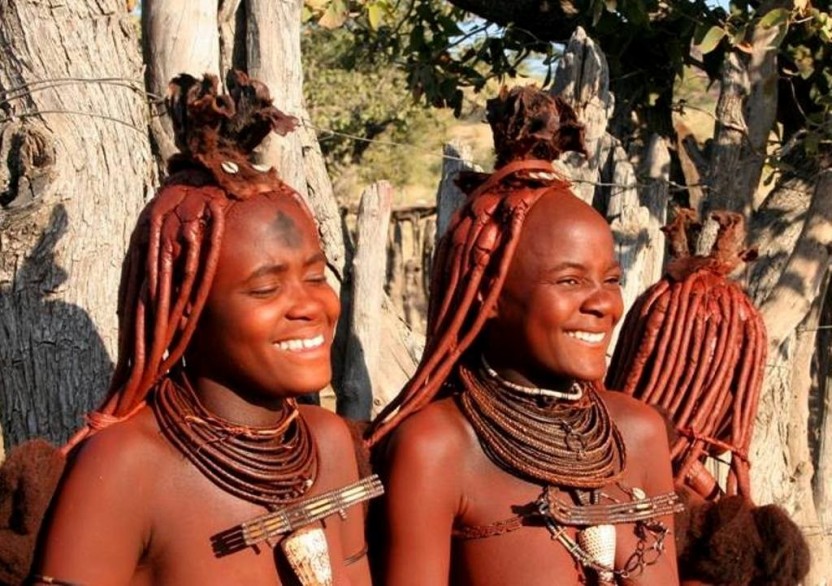

Mediterranean climate conditions occur along the extreme northern and southern coasts of Africa. Important desert crops include date palms and cotton.

Annual precipitation never exceeds 25 centimeters (10 inches), and some areas go without rain for years. Temperatures can range from 54° Celsius (130° F) on the hottest days to freezing on the coldest nights. Africa’s most important grain crops, millet and sorghum, are grown here.ĭesert conditions occur in northern Africa, especially in the Sahara and the Sahel. Important savanna crops include the cassava (related to the potato), peanuts, peppers, okra, eggplant, cucumber, and watermelon. The dry season in the savanna can last as long as six months. Annual precipitation is between 50 and 152 centimeters (20 to 60 inches). Temperatures here are cooler and more variant than in tropical wet regions. Savanna conditions occur in much of eastern and southern Africa. (Oil from this palm tree is the primary cooking oil in Africa, as familiar as olive oil or corn oil in North America.) Important crops to Africa’s tropical wet regions include the plantain, pineapple, coffee, cocoa, and oil palms. Annual precipitation varies from 152 centimeters (60 inches) inland to 330 centimeters (130 inches) along the coasts. Temperatures remain near 27° Celsius (80° Fahrenheit) year-round. Tropical wet conditions occur along the Equator, the Gulf of Guinea, and the east Madagascar coast. Important climatic regions of agriculture include tropical wet, savanna, desert, Mediterranean, and highland. GDP is the total value of goods and services produced in a country during one year. Agriculture employs two-thirds of the continent’s working population and contributes 20 to 60 percent of every country’s gross domestic product (GDP). Africa’s northern half is more dry and hot, while its southern end is more humid and cool.Ĭlimatic factors greatly influence Africa’s agriculture, which is considered the continent’s single most important economic activity.

The continent’s narrow southern section is far more influenced by oceanic factors than the bulging northern section. This climatic symmetry is disturbed, however, by Africa’s unequal shape. Climatic zones lie on either side of this line as if it were a mirror, with tropical wet climates closer to the Equator and more arid conditions closer to the tropics. The Equator nearly bisects the continent into two equal parts. Important words include the Egyptian word Afru-ika, meaning “Motherland” the Greek word aphrike, meaning “without cold” and the Latin word aprica, meaning “sunny.”Ī number of factors influence Africa’s sunny climate. Most believe it stems from words used by the Phoenicians, Greeks, and Romans. The origin of the name “Africa” is greatly disputed by scholars. It is divided in half almost equally by the Equator.Īfrica’s physical geography, environment and resources, and human geography can be considered separately. Africa, the second-largest continent, is bounded by the Mediterranean Sea, the Red Sea, the Indian Ocean, and the Atlantic Ocean.


 0 kommentar(er)
0 kommentar(er)
